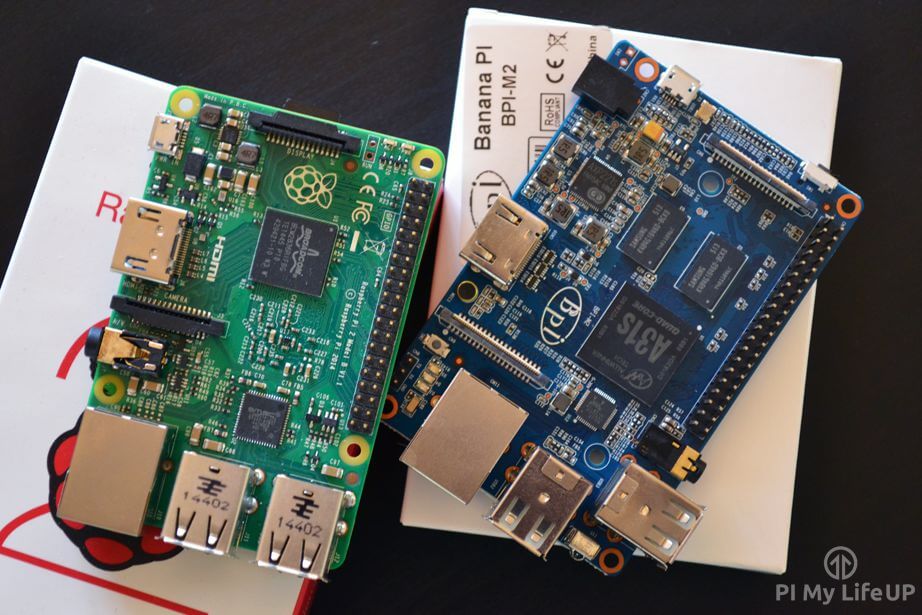
In this guide, we’re taking a look at the Banana Pi vs. Raspberry Pi 2. If you’re thinking of buying one of these devices, then hopefully this article will give you all the information you need.
For both of the devices, there are quite a few different variations out on the market at the moment. For this particular comparison, we are looking at the Banana Pi 2 (Bpi0-M2) and the Raspberry Pi 2.
Over time these boards will change, and new additions will come out. These changes make the board better or worse, so it’s important to keep an eye out on any Pi related news.
For this comparison I purchased both of these boards, the Raspberry Pi came from Element14, and the Banana Pi came from Aliexpress.
Video
If you prefer to listen and watch, then be sure to check out my video on these devices below.
You can keep up to date on all our latest guides, tutorials and much more by either subscribing or following us on social media.
Brief overview
To start off, I will give a quick insight into each of the devices and their main features.
Later on, in the guide, we will take a look more into the specifics and what you can expect to get out of each of the devices.
Raspberry Pi
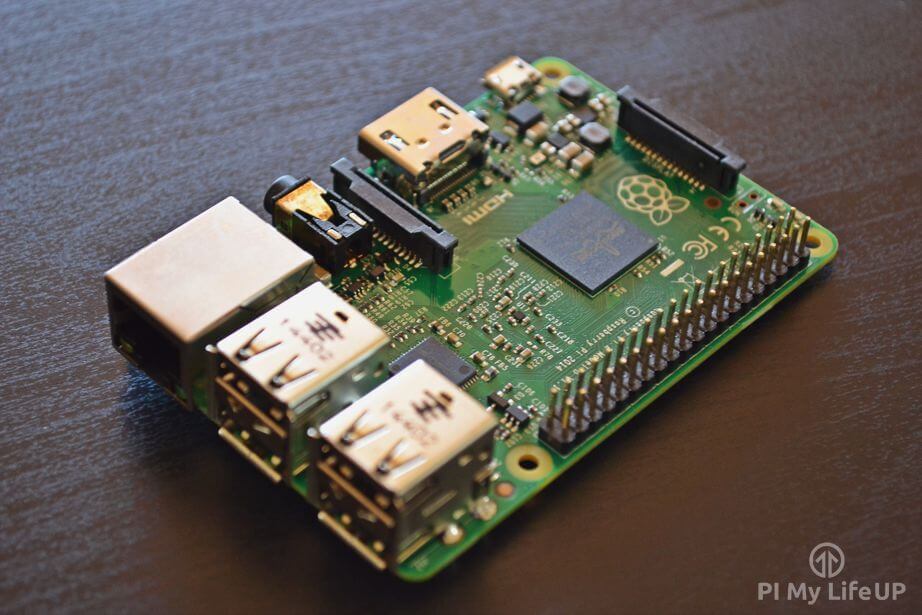
The Raspberry Pi is probably the world’s most popular microcomputer board. It can run a range of Linux distributions and Windows IoT (Internet of things). The board is developed by a UK charity with a goal to advance computer science education.
The board features plenty of GPIO pins and other hardware slots that you can connect add-on boards and peripherals too. You will also find that there are quite a few official peripherals for this device such as cameras, sensors, and even a touchscreen. We will go more into the hardware in a bit.
Much like any computer, you will need to install an operating system. The operating system is usually installed on a microSD card (SD Card for older Pi’s) or USB stick. Again we will go more into the software later on.
If you want to learn more about the Raspberry Pi and the many flavors it comes in, then be sure to hit up my guide on the Raspberry Pi computer.
Banana Pi
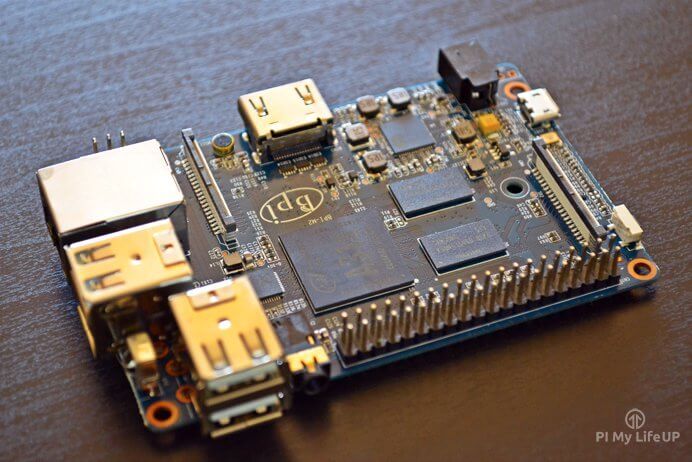
The Banana Pi 2 (BPI 2) much like the all the devices we look at is about the size of a credit card. It is developed by the Banana Pi team over in China.
This board offers are a good range of hardware featuring some pretty cool stuff such as onboard WiFi, 10/100/1000 Ethernet port, infrared sensor and much more. We will go into more detail down in our hardware section.
You will also find a good variety of operating systems that you’re able to install. This range includes a version of Android. Also much like the Raspberry Pi, you will also need to install the operating system onto a microSD card and insert it into the BPI 2 for it to operate.
Hardware Comparison
In the table below you will see our hardware comparison chart for the devices. You can see the Banana Pi vs. Raspberry Pi 2 specs. I will go into more detail of the main differences right underneath the table.
| Raspberry Pi 2 | Banana Pi 2 | |
| Processor | 990Mhz Quad-Core ARM | Quad core ARM |
| RAM | 1 Gb | 1 Gb |
| Storage | Micro SD Card (Required) Expandable via USB | Micro SD Card (Required) Expandable via USB |
| Audio | Stereo over HDMI or 3.5mm Jack | Stereo over HDMI or 3.5mm Jack |
| GPIO** | 26/40 Pins | 26/40 Pins |
| HDMI | Full-Size HDMI port | Full Size HDMI port |
| Peripherals | 4 USB 2.0 ports 1 10/100 Ethernet port CSI (Camera Serial Interface) DSI (Display Serial Interface) | 4 USB 2.0 ports 1 10/100/1000 Ethernet port Onboard WiFi Onboard Mic CSI LVDS Display interface IR Sensor |
| Power Source | Micro USB | Micro USB 5v/2A DC power supply |
One of the biggest differences in hardware is the fact the Banana Pi 2 has onboard WiFi. This can be incredibly handy as it frees up an entire USB slot for something else.
You will also find that the Banana Pi allows for it be powered either by a micro USB cord or a DC power adapter.
The Bpi-2 also has an IR (infrared) sensor that allows you to be able to interact with IR devices such as remotes. This feature will be incredibly handy when setting up a media center or something else that you want remotely controlled by IR.
You will also find that Banana Pi also has an onboard microphone. This microphone can be incredibly handy if you plan on doing projects that require the capture of sound.
Most of the other pieces of the hardware are very similar such as the quad-core processor, 1gb of ram, audio, HDMI, GPIO pins and so on.
Software Comparison

The default operating system for the Banana Pi is Bananian and is a branch off of Debian.
The focus of this OS (Operating System) is to provide a lightweight environment for projects and software packages that don’t require a desktop environment. This operating system is great for projects such as web servers, network attached storage, TorrentBox as it frees up a lot of memory that may have been consumed by for the operating system.
However, this also means if you want a desktop environment you may want to look at the other operating systems they support such as Android 4.4, Raspbian, Fedora and Ubuntu. All these support a desktop environment.
Raspbian is the default operating system for the Raspberry Pi and has recently been updated, so it now branches of Debian Jessie. (Before it was only Wheezy).
This OS provides you with a relatively good user-friendly UI and a decent amount of starting applications. It is pretty much the only operating system I have used until recently.
The Raspberry Pi also supports many other operating systems such as Windows 10 IOT, Ubuntu mate, snappy Ubuntu core and a few others. One of the biggest things missing from the Raspberry Pi regarding operating systems is a version of Android. There are ways of installing it, but they often don’t perform very well.
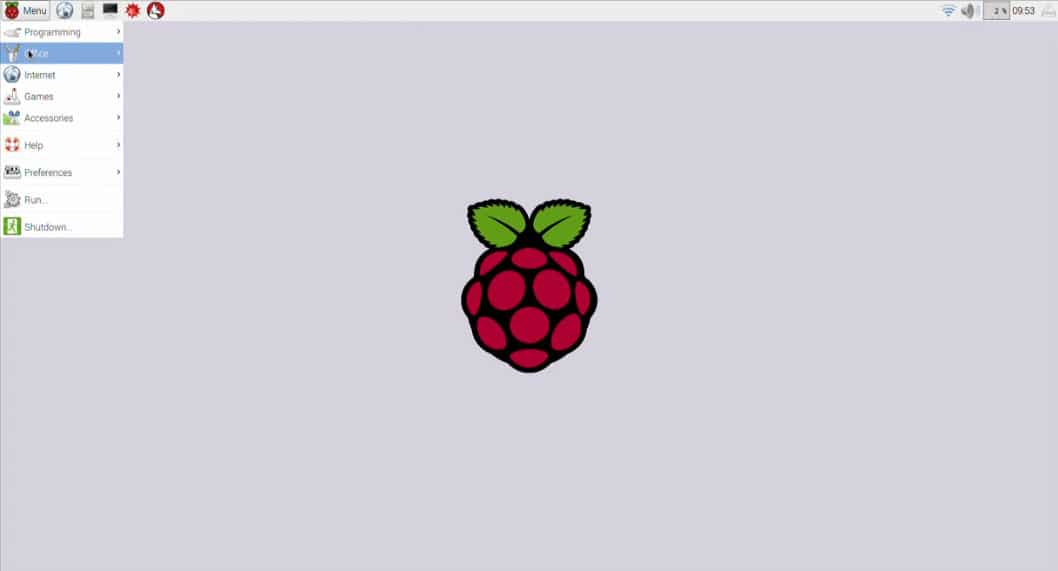
Starting out
If you’re a beginner, then a significant thing you’re probably wondering is how easy is it to get started with a device. When I was comparing the Banana Pi vs. Raspberry Pi I found quite a few differences when I was setting up the devices. I will briefly mention some of the main pointers below.
Starting out with the Raspberry Pi is getting easier and easier. With cool kits such as the Kano computer kit and other bundles, you can get started pretty fast. Most kits you will find have pre-installed SD cards and all the bits and pieces you need.
If you go the other route such as buying everything separately, you will find there is a lot of tutorials and information on what you need to do and how you can go about doing it. If you don’t look up any information, then you may find yourself overwhelmed with installing the software onto the SD card, finding the correct power adapter and various amount of other issues you may come across.
The Banana Pi is very similar to the Raspberry Pi regarding starting out, but you will find there is a lot less help out there. You will also find that there aren’t any pre-made kits so you will need to set up the SD card yourself and purchase the right equipment.
Pricing
The Banana Pi is slightly more expensive to buy sitting at roughly $50 USD. You will also need to buy all the essential equipment such as a power supply, micro SD card and any other peripherals you require.
The Raspberry Pi 2 sits at $35, and much like the Banana Pi, you will too need to buy all the essential equipment.
By the time you add all your extra parts, the Pi 2 still comes out to be a bit more affordable. Then again this depends on what equipment you buy and whether you go the lesser or higher quality equipment.
Community & Projects
Since these two devices are very much the same, you will find that the projects don’t deviate very much.
You will find projects for both of these devices similar to the following:
- Web Server
- Robotics
- Network attached storage
- Motion Sensing
- Camera related projects
- TorrentBox
- And much more
The community around the Banana Pi is a lot smaller than the Raspberry Pi’s. You will find activity & help over at their main forums. You will also find help on various Linux forums and some websites.
My biggest gripe about the Banana Pi is how many different sites there are. If you do a quick google search, you will be presented with quite a few different sites that look very similar. It’s very hard to tell which one is the official website.
The community around the Raspberry Pi is relatively large you have a lot of activity over at their main forums. You also have a large collection of bloggers, YouTubers and other techies who produce a constant stream of content for you to follow.
Banana Pi vs. Raspberry Pi Winner?
You’re probably after a winner out of the Banana Pi vs. Raspberry Pi comparison. While each of these devices has their similarities, there are some defining points about them that you should take into consideration. I will go into them below, and hopefully, that will help you decide in which device is best for you or your next project.
Banana Pi Summary
I wouldn’t discount the Banana Pi completely as it does do something well. I have listed some of the pros and cons.
Pros:
- Onboard WiFi
- IR sensor
- 2 Power options
- Fast Ethernet
- Android!
Cons:
- Small community
- Not as many accessories
- Confusing amount of websites
- Installing the OS/Software can be a nightmare
Raspberry Pi Summary
The Raspberry Pi wins on quite a few points and also has a couple of cons that may change your mind.
Pros:
- Good operating system support
- Lots & lots of projects
- Large community
- Lots of add-on boards
Cons:
- Still lacks a good Android OS
I hope this guide has helped you be able to decide on which device is better for you. The Banana Pi vs. Raspberry Pi 2 comparison isn’t an easy one due to a lot of similarities.
If I have missed anything important that you would like to share, then be sure to drop us a comment below. Also be sure to follow us on social to stay up to date with awesome Raspberry Pi projects, guides and much more.
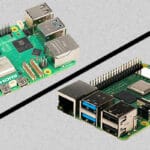

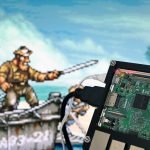
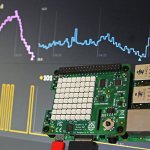
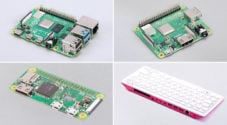

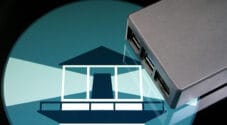
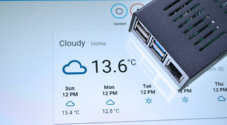


Except for the onboard WiFi, the RPi3 still lacks the features you listed for the Banana Pi.